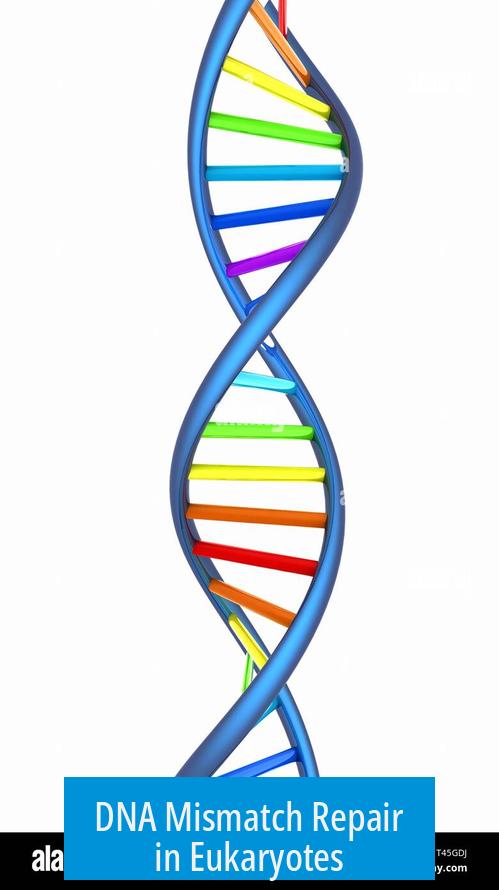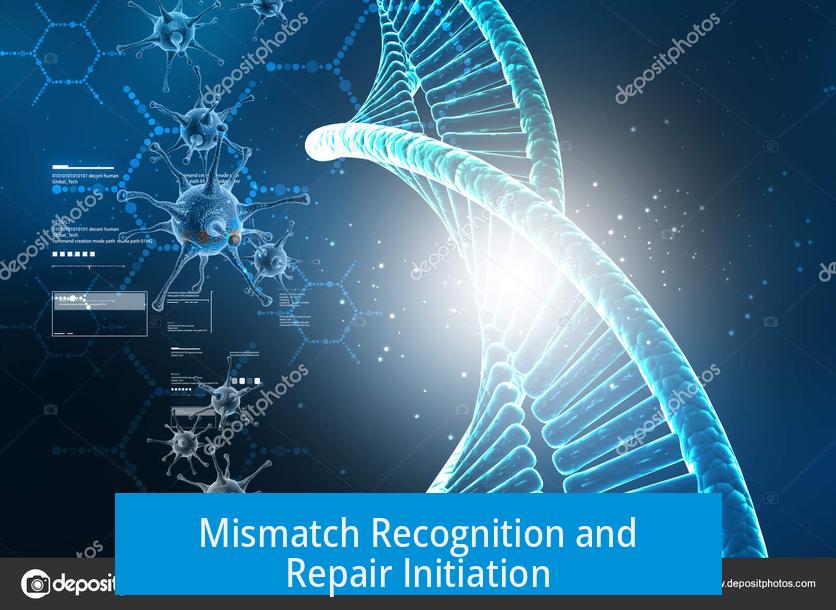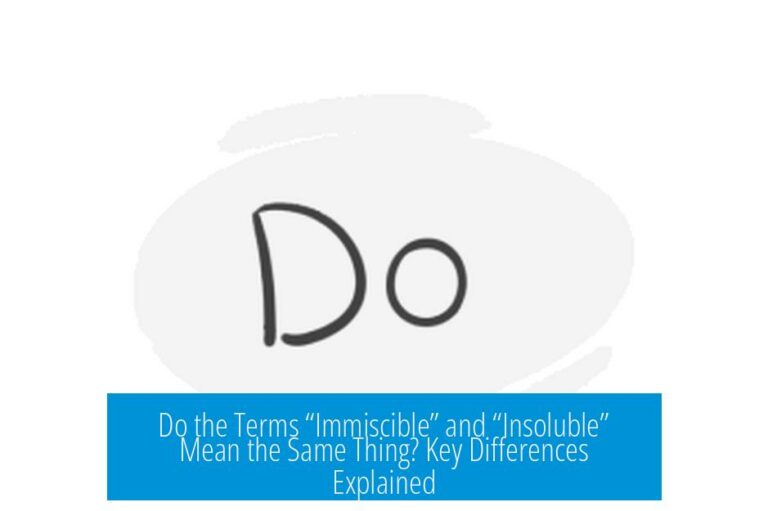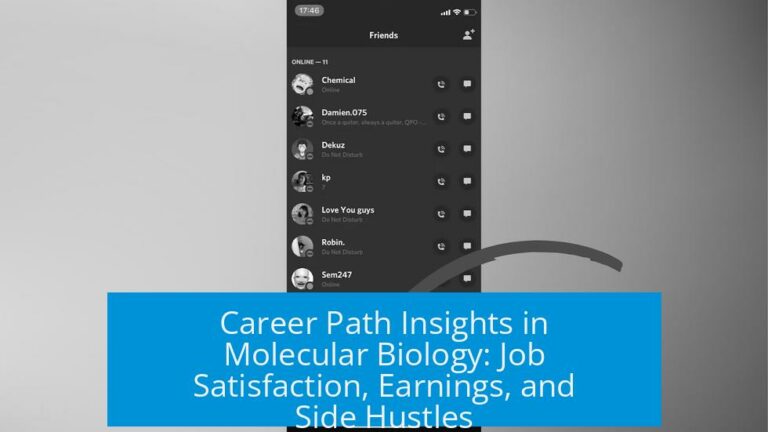DNA Mismatch Repair in Eukaryotes

DNA mismatch repair in eukaryotes begins when cellular enzymes detect and remove erroneous bases, ensuring genome stability and reducing mutation rates. This crucial process involves multiple coordinated steps, primarily starting with mismatch recognition and followed by targeted repair through established pathways.
Mismatch Recognition and Repair Initiation

In eukaryotes, repair starts when a DNA glycosylase identifies a mismatched or damaged base. Key glycosylases include uracil-DNA glycosylase (UDG), thymine-DNA glycosylase (TDG), methyl-CpG-binding domain protein 4 (MBD4), and 8-oxoguanine DNA glycosylase (Ogg1). These enzymes cleave the incorrect nucleobase from the sugar-phosphate DNA backbone, creating an abasic site that flags the lesion for further repair.
Base Excision Repair (BER) Pathway for Mismatch Correction
Removal of the mismatched base leaves a basic site incapable of normal base pairing. The enzyme AP endonuclease 1 (APE1) recognizes this abasic site and introduces a nick by cleaving the phosphate diester bond at this position. This nick serves as an entry point for subsequent repair complexes to replace the damaged DNA segment.
Patch Repair Mechanisms Following Excision
Following nick formation, DNA repair proceeds via patch repair mechanisms. These can involve either short-patch repair, where a single nucleotide is replaced, or long-patch repair, involving synthesis of a longer stretch of DNA. Both pathways restore correct sequence and DNA integrity. However, detailed mechanisms of these patches extend beyond the current focus.
Diversity and Additional Pathways in Eukaryotic Mismatch Repair
Mismatch repair in eukaryotes is not limited to the base excision repair pathway. Other systems, such as the MutS and MutL homolog complexes, recognize and repair replication errors and mismatches. These pathways collaborate with BER to maintain replication fidelity and genomic stability through distinct mechanisms.
Key Takeaways
- Mismatch repair initiates with recognition by DNA glycosylases that remove damaged bases.
- APE1 introduces a phosphate backbone nick at the abasic site for repair machinery access.
- Repair patches include short and long patch base excision repair pathways.
- Multiple mismatch repair mechanisms coexist to maintain eukaryotic DNA integrity.
Understanding DNA Mismatch Repair in Eukaryotes: More Than Just a Fix-It Job
What happens when your cells spot a DNA mismatch? They don’t call a handyman—they deploy a high-tech molecular repair crew. DNA mismatch repair (MMR) in eukaryotic cells is an intricate and essential process that maintains genetic stability and prevents diseases like cancer. But don’t be fooled into thinking it’s just about patching holes! The process is layered, involving specialized enzymes and pathways, with the Base Excision Repair (BER) pathway playing a starring role.
Let’s unpack this molecular mystery with a fresh perspective that highlights what makes eukaryotic mismatch repair a fascinating, multi-faceted system.
Spotting the Trouble: Mismatch Recognition and Repair Kickoff
Imagine DNA as a zipper, perfectly aligned most of the time. Occasionally, one tooth slips out of place—that’s a mismatch. The cell’s first task? Spot that tiny error quickly before it wrecks the whole chain.
Here, DNA glycosylases act as the cell’s specialist scouts. Enzymes like Uracil-DNA Glycosylase (UDG), Thymine DNA Glycosylase (TDG), Methyl-CpG Binding Domain Protein 4 (MBD4), and Ogg1 scan the DNA landscape. When they find a dubious base, they excise the wrong nucleobase clean off the sugar-phosphate backbone. This surgical precision creates an abasic site—a spot in the DNA missing its base.
That’s pretty clever because the site left behind flags the repair machines. Instead of blindly fixing, the enzymes mark where intervention is needed.
The Base Excision Repair Pathway: Your Cell’s Patch Kit
Once the abasic site is established, the enzyme APE1 (Apurinic/Apyrimidinic Endonuclease 1) leaps into action. It nicks the sugar-phosphate backbone at this position. This nick isn’t just a crack; it is the docking station for the rest of the repair machinery.
At this point, the process can head down two main “patch” roads — either short-patch repair, which replaces just a single nucleotide, or long-patch repair, which replaces a stretch of nucleotides. While those choices lead the repair home, they deserve their own deep-dive, so we’ll just acknowledge their existence here.
What makes this pathway neat is how it transforms a tiny error into a signal for repair—no frantic searches or guesses. It’s targeted, efficient, and effective.
Beyond BER: The Diversity of Eukaryotic Mismatch Repair
Here’s where many get surprised. The Base Excision Repair pathway is essential, but it’s not the only game in town.
Eukaryotes have evolved multiple mismatch repair methods that include other pathways such as the canonical MMR system involving proteins like MutSα and MutLα. These together recognize and excise mismatched bases, especially those arising during DNA replication errors. Some mechanisms specialize in fixing insertion-deletion loops, while others handle oxidative damage.
Thinking DNA repair equals one mechanism is like thinking all software bugs are fixed by rebooting your computer. Different problems — different fixes.
Why Should You Care About DNA Mismatch Repair?
It’s tempting to see DNA repair as a nerdy detail only geneticists care about. Yet, this cellular maintenance protects us every second from mutations that could lead to cancer or inherited genetic disorders.
For example, a malfunction in mismatch repair genes is at the heart of Lynch syndrome, a hereditary cancer predisposition. Research into these mechanisms doesn’t just satisfy curiosity—it fuels therapies and diagnostic tools that save lives.
Practical Tips from Molecular Biology to Everyday Life
- Stay Curious: Knowing that multiple repair pathways exist helps scientists develop better gene editing and cancer treatments.
- Support Research: Funding mutation repair research accelerates medical breakthroughs in cancer and aging.
- Healthy Lifestyle: Though the cell’s repair crew works hard, minimizing DNA damage by avoiding excess UV exposure or mutagens eases their load.
Would you rather have one repair guy fumbling through a mess or a highly coordinated crew with multiple tactics? The eukaryotic cell’s approach is akin to a well-organized repair team. Each member has a specific role. DNA glycosylases unmask the problem. APE1 prepares the site. Then the right patch strategy is selected.
In Summary: One Answer, Multiple Layers
DNA mismatch repair in eukaryotes primarily kicks off when DNA glycosylases detect and remove incorrect bases, creating an abasic site. APE1 then cleaves the DNA at this site, allowing the repair machinery to replace the faulty section via short or long patch repair. However, this Base Excision Repair pathway is just one among several complex systems eukaryotic cells use to maintain DNA integrity.
This dance of detection, excision, nicking, and patching showcases biological precision. It’s not just patchwork—it’s a suite of tools designed to safeguard the genetic blueprint.
If you think about it, DNA mismatch repair is like a never-ending quality control operation in your cells, ensuring you keep running smoothly. Without it, evolutionary chaos would ensue—something no organism really wants to deal with.
What is the initial step in eukaryotic DNA mismatch repair?
DNA glycosylases like UDG or TDG recognize mismatched bases. They remove the incorrect nucleobase by cleaving it from the sugar backbone to start repair.
How is the lesion site processed after base removal?
APE1 detects the basic site and creates a nick in the DNA backbone. This nick signals other repair proteins to engage the mismatch repair process.
Are there multiple pathways involved in mismatch repair?
Yes, base excision repair is one pathway. However, eukaryotes use other mismatch repair mechanisms beyond BER to fix errors.
What role does APE1 play in mismatch repair?
APE1 cleaves the phosphate bond at the lesion site after a glycosylase removes the base. This nick enables the repair machinery to access and fix the mismatch.





Leave a Comment